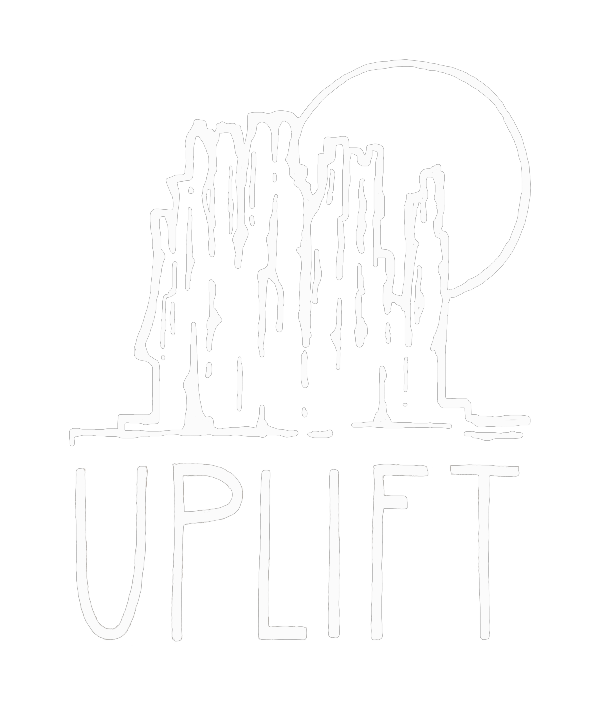Legacy of White Supremacy in the Environmental Movement
Conservation movements historically often fought for the idea of a “pristine wilderness” that was “untrammeled” by humans. To create this myth, colonizers had to displace and murder Indigenous people. For example, the creation of Grand Canyon National Park pushed Indigenous people such as the Havasupai off of their ancestral lands and excluded them from the management of the park. Early leaders of the conservation movement such as Theodore Roosevelt, Madison Grant, and Gifford Pinchot were setting aside large tracts of land for white, wealthy men. They published white supremacist literature and influenced anti-immigration legislation.
As national parks were increasingly established in the early 1900s, Black people were segregated to certain areas of parks or denied access. We recently saw a clear example of how white supremacist culture still tries to exclude Black people from public outdoor spaces when Amy Cooper, a white woman, called the police on Christian Cooper, a black man, while he was bird watching in Central Park.
Colonial concepts of wilderness have created concepts of “nature” that include only places beyond the city and people who are white. It is important to acknowledge the historical context of urbanization in which urban northern cities provided refuge for Black people after and during the abolition of slavery. In more than one way, the legacy of slavery has informed the historical and contemporary exclusion of Black peoples from “nature” as it is defined by wilderness conservation movements.
This legacy of racism within environmental movements continued into the twentieth century and remains today with extraction, pollution, and toxic waste happening closest to Black, Indigenous, and people of color (BIPOC). However, communities of color have always been leading grassroots movements for environmental justice, carrying ancestral practices rooted in interdependence and reciprocity with the earth.
If you are white identifying and want to learn more about the histories of white supremacy within the environmental movement from BIPOC perspectives, please review this series Uplift organizers planned “Environmentalism and White Supremacy.”
